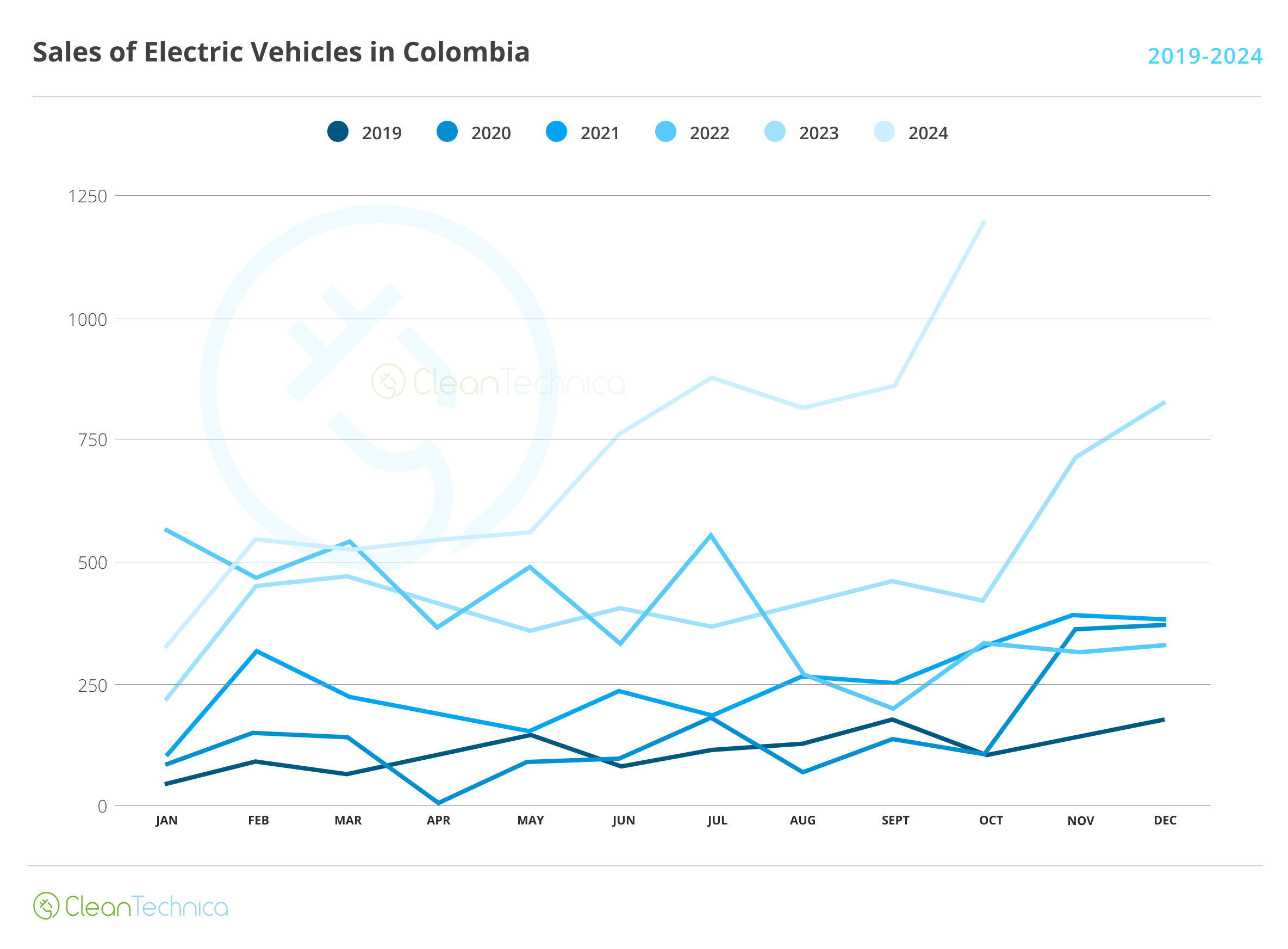Support CleanTechnica’s work through a Substack subscription or on Stripe.
Electrification remains the most effective long-term solution for reducing indoor air pollution associated with methane gas appliances. Transitioning to electric stoves, water heaters, and heating systems eliminates combustion byproducts such as nitrogen dioxide (NO₂), carbon monoxide (CO), benzene (C₆H₆), formaldehyde (CH₂O), and fine particulate matter (PM2.5) at the source. However, for many households, especially renters and those who cannot afford full electrification, interim strategies focused on improving ventilation and air filtration can play a critical role in minimizing exposure to these harmful pollutants.

Ventilation: Diluting & Removing Pollutants
Achieving adequate indoor ventilation is one of the easiest ways to reduce exposure to natural gas pollutants. The simplest and most cost-effective ventilation strategy is to use a properly functioning range hood that vents to the outdoors. Many homes either lack this feature or use recirculating hoods that simply move air around rather than expel it. If replacing the hood is not feasible, using a window fan or opening nearby windows while cooking can significantly reduce indoor pollutant levels. Even short-term ventilation — just 10 to 15 minutes after using a gas stove — can help lower concentrations of nitrogen dioxide, benzene, and particulate matter.
Air Filtration: Capturing Pollutants Indoors
While ventilation removes pollutants, air filtration helps capture some byproducts. High-efficiency particulate air (HEPA) filters are effective at removing fine particles, including some produced during gas combustion. Portable HEPA air purifiers, some available for under $100, can dramatically reduce indoor PM2.5 levels when used in the kitchen or adjacent living spaces during and after cooking.
For broader pollutant coverage, including gases like NO₂, consider air purifiers that also use activated carbon filters. These filters can adsorb some combustion-related gases, although their effectiveness varies by product and pollutant type. Regular replacement of filters is essential to maintain performance, so ongoing costs should be factored into any filtration strategy.

Join us for a webinar on Home Air Filtration on September 23, 2025, as a part of Clean Air Week, 2025.
Changing How You Cook
Simple behavioral changes — such as using the back burners (which are more likely to be under a range hood), cooking with lids on pots, and limiting high-temperature frying — can reduce emissions. Low-cost indoor air quality monitors can also help households track pollutant levels and identify when additional ventilation is needed. We are also hosting a webinar on Home Air Quality Monitors on September 24, 2025, when we will discuss air monitoring in more detail.
Portable Electrification
You don’t need to be a homeowner to start electrifying and enjoying the cost savings and health benefits. Renters and those unable to install permanent electric appliances have a range of affordable, portable options. These include portable induction cooktops, outdoor electric grills, easy-to-install room heat pumps, and electric fireplaces. Electrify Now offers a helpful handout on these portable appliances — check it out here.
While full electrification remains the gold standard for improving indoor air quality, low-cost measures like improved ventilation, strategic air filtration, and portable electric appliances can significantly mitigate the health risks of natural gas use in the home. These interventions offer accessible, interim protections for families awaiting broader energy transitions or facing electrification challenges.
Please join us for Clean Air Week, 2025 webinars and events.
Sign up for CleanTechnica’s Weekly Substack for Zach and Scott’s in-depth analyses and high level summaries, sign up for our daily newsletter, and follow us on Google News!

Have a tip for CleanTechnica? Want to advertise? Want to suggest a guest for our CleanTech Talk podcast? Contact us here.
Sign up for our daily newsletter for 15 new cleantech stories a day. Or sign up for our weekly one on top stories of the week if daily is too frequent.
CleanTechnica uses affiliate links. See our policy here.
CleanTechnica’s Comment Policy


